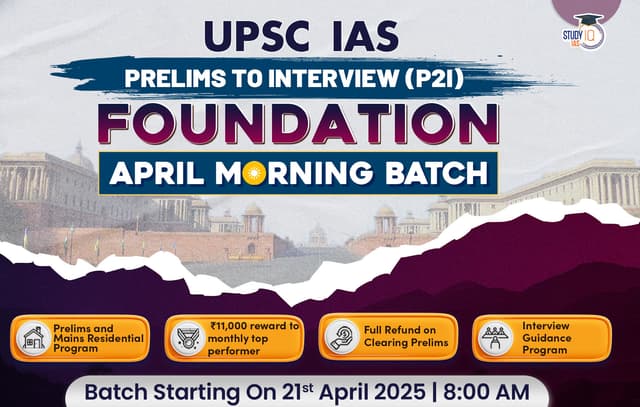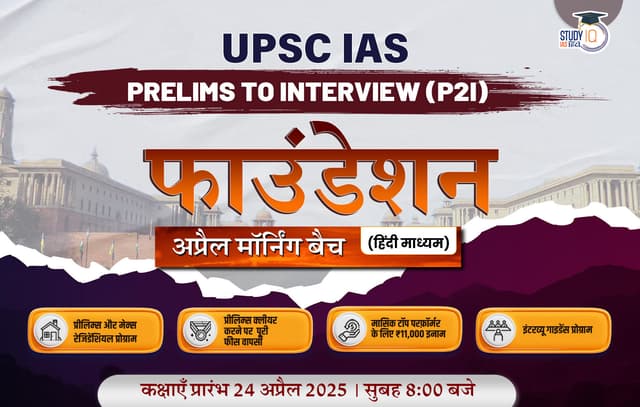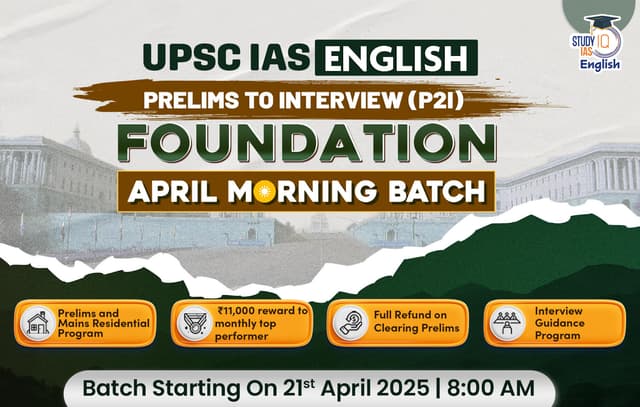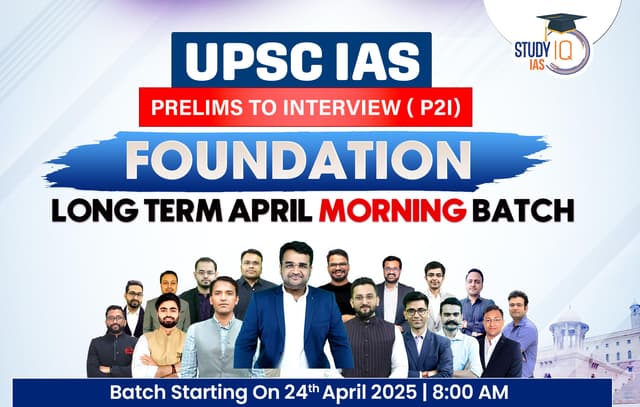Table of Contents
Context
The Indian economy is currently facing significant challenges that raise questions about whether it is experiencing a cyclical slowdown or if it is returning to its pre-pandemic growth trajectory.
Current Economic Growth Trends
- Projected Growth Rate: India’s GDP is expected to grow at 6.4% in the fiscal year 2024-25, marking the slowest pace since the pandemic-induced contraction of 5.8% in 2020-21.
- This represents a decline from 8.2% growth in 2023-24 and falls short of earlier government forecasts of 6.5%.
- Contributing Factors: The slowdown is primarily attributed to weaker growth in gross fixed capital formation (GFCF), which is expected to drop from 9% to 6.4%, and inventory growth declining from 5.9% to 4.5%.
- In contrast, private consumption expenditure (PFCE) and government spending are projected to increase
Key Challenges and Indicators
- Weak Consumption Base
- Limited upward mobility and stagnant real wage growth restrict discretionary spending.
- The hollowing out of the consumption base is evident in specific markets:
- Small car sales (sub ₹10 lakh segment):
- Share declined from 73% in 2014-15 to 46% in 2024-25.
- Maruti Suzuki: Sales of mini and compact cars in the first half of 2024 lower than 2017-18 levels.
- Premiumisation in the corporate sector reflects a shrinking market, focusing on the top consuming cohort.
- Small car sales (sub ₹10 lakh segment):
- Labour Market Issues
- Limited creation of productive employment opportunities.
- Rising numbers of self-employed individuals in informal establishments or as unpaid family help.
- Formal employment largely driven by manpower suppliers and low-skill services (e.g., contractors, security services).
- Real wage growth remains muted.
- Rising Household Debt
- Household debt rose to 43% by June 2024.
- 60% of borrowers with personal loans already have more than three active loans, reflecting financial strain.
- Increased debt has failed to significantly boost consumption.
Investment and Policy Challenges
- Muted Investment Activity
- New project announcements slowing as per CMIE data.
- FDI levels remain below recent highs.
- India Inc. expresses concerns over shrinking middle-class demand and questions growth figures.
- Policy Uncertainty and Government Inaction
- RBI’s monetary policy has been excessively tight, eroding export competitiveness by delaying rupee adjustments.
- The government is perceived as avoiding risks and shifting responsibility for economic momentum to the central bank.
- Industrial Policy Concerns
- Industrial policy initiatives like PLIs (Production-Linked Incentives) yet to deliver robust results.
- Shift by major business houses from industrial sectors to services signals underlying issues in the manufacturing ecosystem.
Structural and Distributional Challenges
- Unequal Growth Structure: Growth post-pandemic primarily benefits a small, highly skilled segment of the labour force.
- Limited pathways for upward mobility restrict broader consumption and economic dynamism.
- Export Competitiveness Issues: Rupee’s delayed adjustment has weakened export competitiveness, further hindering recovery.
- Sectoral Weaknesses: The GCC boom stabilizing at lower levels exposes deeper economic faultlines.
- Informal employment and weak real wage growth hinder structural transformation.
Conclusion
- While the economy shows signs of recovery, the evidence suggests structural challenges rather than a purely cyclical slowdown.
- Limited job creation, muted wage growth, shrinking middle-class demand, and subdued investment are significant obstacles.
- The government must adopt targeted reforms to boost productive employment, enhance consumption capacity, and address policy uncertainty to reinvigorate growth.
Ready to turn your UPSC dreams into reality? Join the trusted StudyIQ UPSC Foundation P2I Live Hinglish Batches today! Our expert-led courses are designed to build a solid foundation while keeping you updated with the latest exam trends. Contact us now to enroll and get one step closer to cracking the UPSC exam with confidence.


 Places in News for UPSC 2025 for Prelims...
Places in News for UPSC 2025 for Prelims...
 New Phase of Operation Chakra to Combat ...
New Phase of Operation Chakra to Combat ...
 Soyuz Aircraft: History, Design and Sign...
Soyuz Aircraft: History, Design and Sign...





















